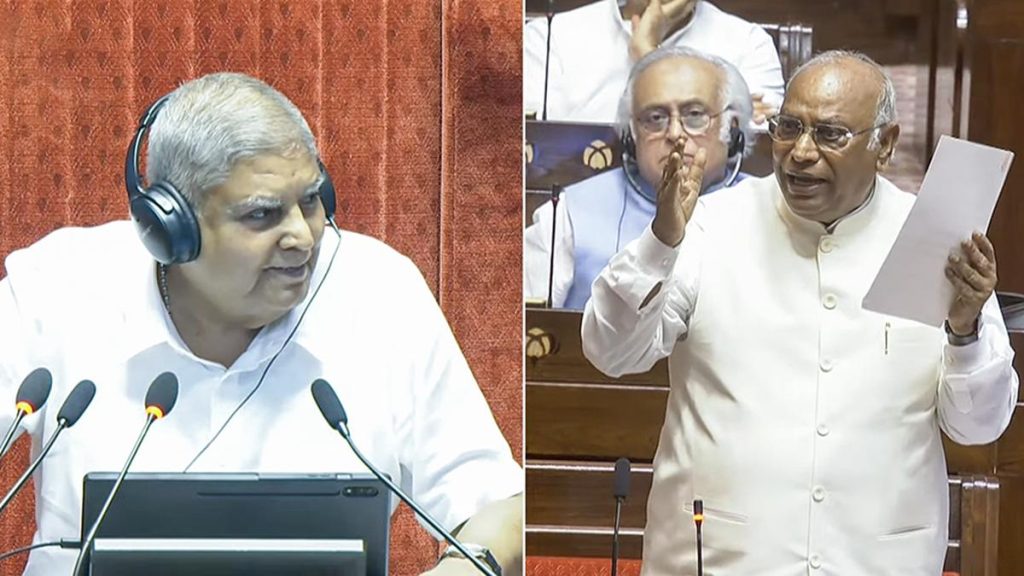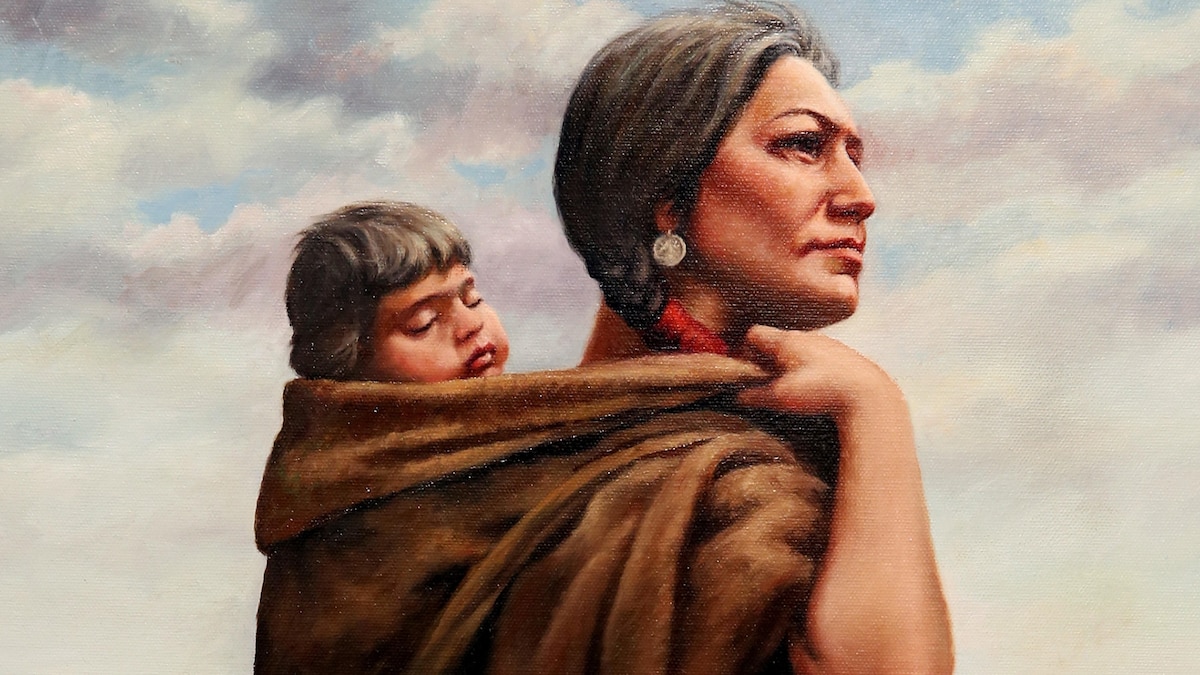Now Reading: Struggling to Picture an Apple? You Could Have Aphantasia
-
01
Struggling to Picture an Apple? You Could Have Aphantasia
Struggling to Picture an Apple? You Could Have Aphantasia

Swift Summary
- Condition Overview: aphantasia, coined in 2015, is a condition where individuals (“aphants”) lack teh ability to visualize mental images. While their imaginations remain strong, their brains process visual stimuli differently.
- Origin of Research: Research by Adam Zeman began after observing a patient who lost visualization ability post-heart procedure. Subsequent studies expanded awareness that some people have never visualized their minds’ eye even from birth.
- Scientific Findings:
– Physiological differences support the existence of aphantasia, such as lack of pupil constriction when imagining radiant light (2022 study).
– Emotional responses mediated by mental imagery vary substantially between visualizers and aphants (2021 study).
– MRI studies indicate lower activity levels in aphantic brain’s visual cortex than conscious decoding thresholds.
- Impact on Daily Life: Aphants report normal functional outcomes-engaging in creative professions-but may experience reduced autobiographical memory or inability to “relive” vivid mental scenes tied to personal memories.
- Public Awareness & Network Growth: Online communities like Reddit and The Aphantasia Network connect thousands globally (~60-70k members), facilitating research data gathering through questionnaires like VVIQ (Vividness of Visual imagery Questionnaire).
Indian Opinion Analysis
the exploration of aphantasia highlights another dimension within human cognition-underscoring diverse ways individuals perceive and remember the world.For India’s burgeoning neuroscience research community, this field opens possibilities for profound investigations into how perception shapes memory or creativity. With India’s emphasis on technological innovation and AI-driven advancements illustrating human thought processes, understanding neurodiversity such as this could enrich collective theories surrounding adaptive intelligence mechanisms.
culturally speaking, findings also challenge paradigms valuing visualization-centric learning approaches often seen across education systems within India.as societal inclusivity builds momentum nationally, embracing different cognitive wiring might foster innovation not rooted solely in customary methodologies but rather flexible systems evolving alongside neurodiverse abilities.
india’s researchers collaborating internationally on cognitive diversity could contribute meaningfully to deciphering whether traits considered “adaptive” align with shared challenges faced by populations lifelong-including deeper empathetic grasp necessary bridging norms individual/global societal narratives!




























